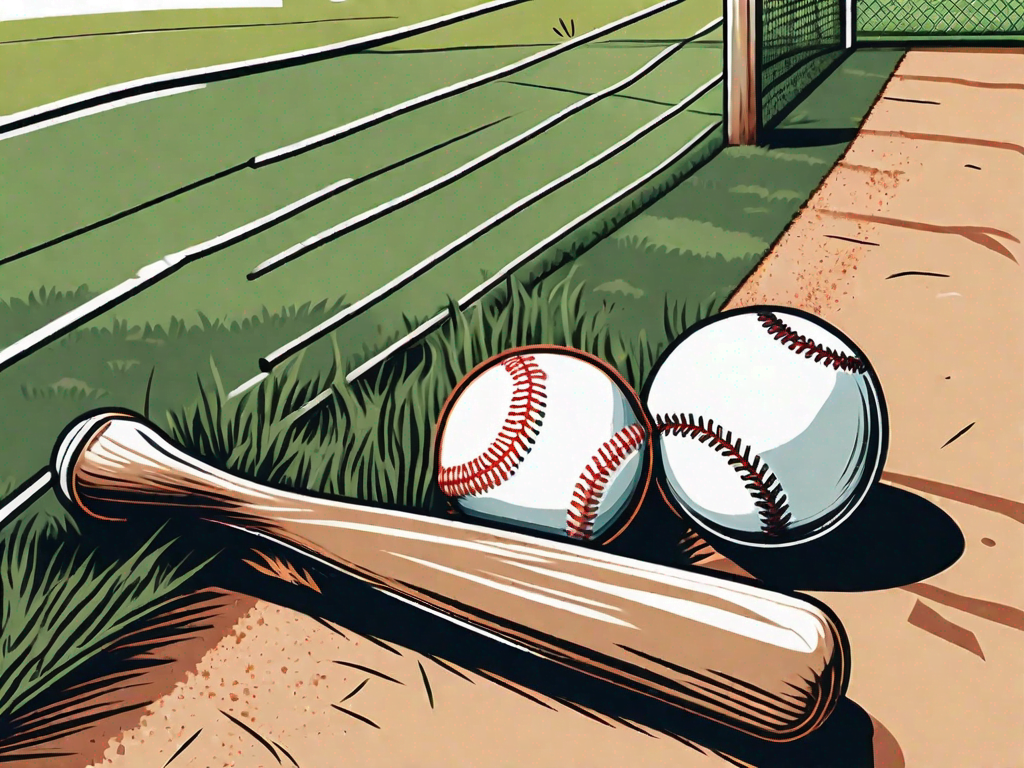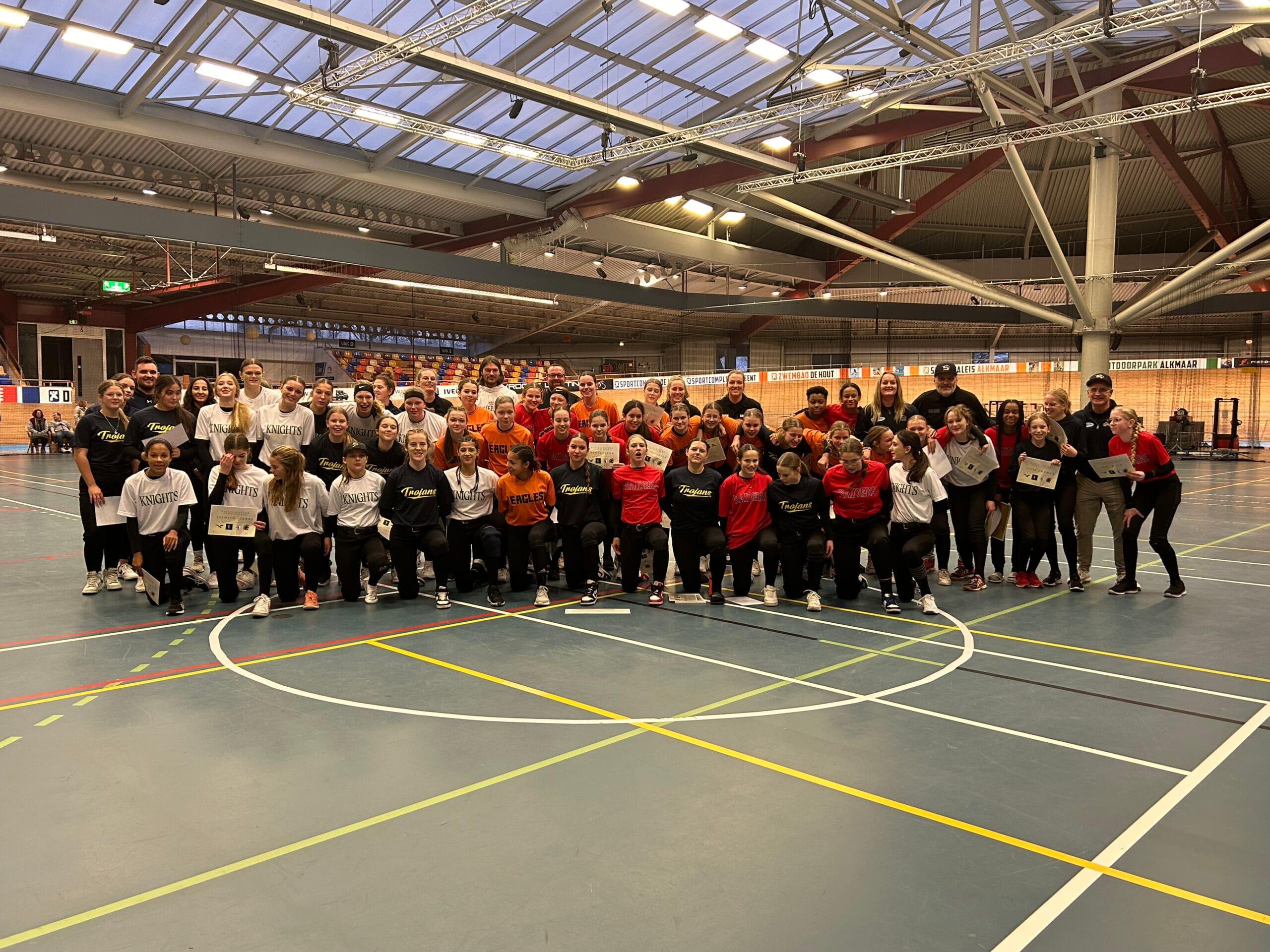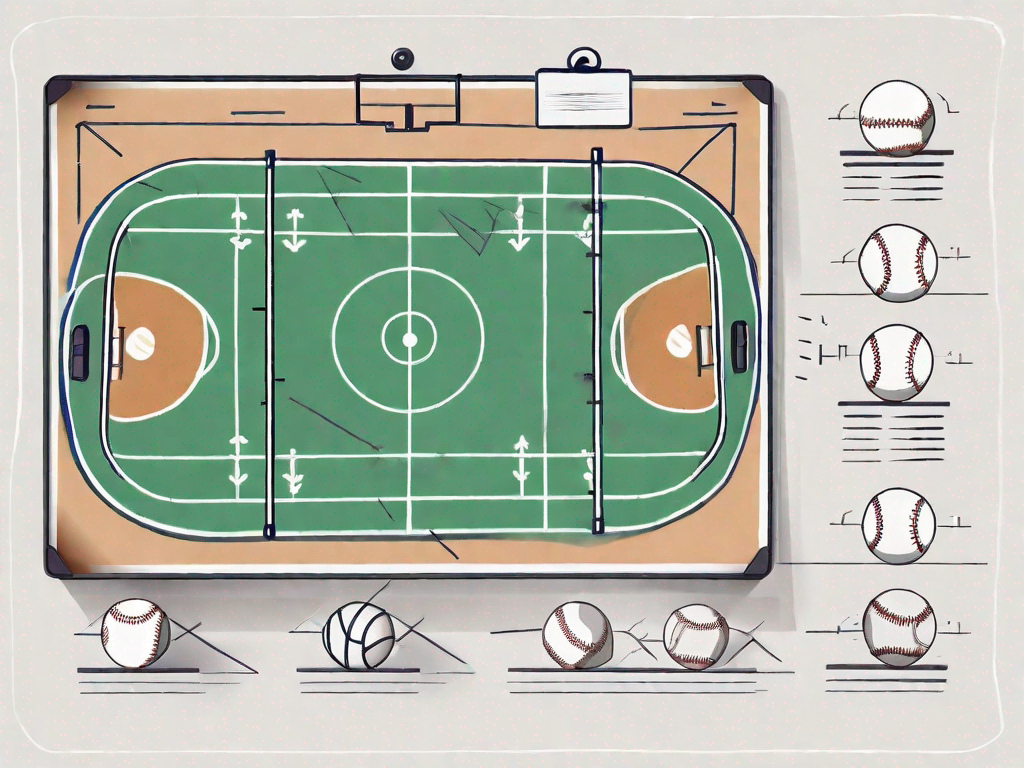Average Baseball Pitching Speeds by Age
For many young baseball players and their coaches, pitching speed is a key measure of development. But how fast should you be throwing at a certain age or level? At coachball.app, we understand that velocity isn’t everything—it’s about control, mechanics, and growing your skills game by game. Whether you're a youth coach, a parent, or a player yourself, we’ve got the tools and tips to help you keep improving on the mound and in the field. Let’s strike out doubts and step up your game together!

Reinier Sierag
For many young baseball players and their coaches, pitching speed is a key benchmark for development. But how fast should you be throwing at a certain age to be ‘on track’? This article provides insight into the average pitching speeds by age group and offers tips to help young pitchers grow healthy and strong on the mound.
Average Baseball Pitching Speeds by Age
Below is an overview of the average fastball speeds by age, based on available data. Keep in mind: velocity is just one piece of the puzzle. Control, pitch variety, and injury prevention are just as important.
- 8 – 10 years old: 40 – 50 MPH
- 11 – 12 years old: 50 – 60 MPH
- 13 – 14 years old: 60 – 70 MPH
- 15 – 16 years old: 70 – 80 MPH
- 17+ years (high school): 80 – 90+ MPH
What Does This Mean for the Development of Young Pitchers?
It's important to see these averages as a guideline, not a strict rule. Every player develops at their own pace. It's better to focus on technique, strength, and mental toughness rather than just speed.
Pitchers who focus too early on throwing harder often run the risk of getting injured. Building a solid foundation in technique and allowing enough rest are key to staying healthy and performing better in the long run.
Tips for Baseball Coaches and Parents
How can you help your pitchers grow safely and effectively? Here are five practical tips:
- Choose quality over quantity. It’s not about how often you pitch, but how well. Focus on controlled practice sessions where technique takes center stage.
- Focus on strength and mobility. A strong lower body stance and shoulder mobility are key for a stable and powerful throw.
- Avoid overuse. Younger players need plenty of rest between starts. Use pitch limits and give their arm time to recover.
- Mental training matters. Help young pitchers build mental toughness. How do you handle pressure or setbacks on the mound? These lessons are just as important as physical training.
- Regularly check your technique. A pitching coach or video analysis can help ensure proper biomechanics and prevent injuries.
Conclusion
Average pitching speeds are a helpful guideline, but a pitcher’s real success lies in their overall development. Technique, physical strength, mental toughness, and enjoying the game are the foundation for true growth. Always remember to value the process more than the numbers on the radar gun.
Personally, I believe a pitcher who can throw a strike when it counts is more valuable for the overall game enjoyment and their development than just pure speed. So that’s where I focus. That said, sometimes it’s great to just let loose and throw as hard as you can, and that’s what we do sometimes in practice.
There are also coaches with theories who want the pitcher to focus first on throwing as hard as possible, and only afterward work on accurately placing the ball in a second spot.
Want to learn more about developing young baseball pitchers or looking for focused training sessions? Get in touch with CoachBall.app or tune in to our podcast for insights from experienced baseball coaches.
The article Average baseball pitching speeds by age first appeared on Coach Ball.
Related posts

Why baseball and softball are awesome for kids.

Dutch Indoor Softball Classic 2025: Come Watch the Action in Alkmaar!

